Goals of the Project
The VERONICA project is a strategic initiative to develop a roadmap for a new European research reactor in Slovenia, addressing the decline of research reactors, increasing demand for nuclear research services, and supporting Europe’s transition to a zero-carbon society.
This project aligns with Europe’s nuclear energy goals, including the long-term operation of existing reactors and the development of new nuclear power plants and small modular reactors (SMRs).
Key Objectives
- Assess Stakeholder Needs – Survey existing European research reactor projects, identify key stakeholders, and analyze nuclear research requirements.
- Define Technical & Functional Requirements – Evaluate existing and emerging research reactor designs, conduct feasibility studies, and use simulations to assess performance.
- Select Reactor Concept – Identify and refine two reactor types: a Zero-Power Reactor (ZPR) and a Multi-Purpose Research Reactor (MPRR), which could be co-located.
- Develop a Business Model – Perform a pre-feasibility study, assessing technical, economic, and regulatory aspects to ensure sustainability and market alignment.
JSI & CEA Cooperation
The VERONICA project is a Bilateral Research Project between Slovenian "Jožef Stefan" Institute (JSI) and French Alternative Energies and Atomic Energy Commission (CEA).
Long term operational experience with TRIGA Mark II reactor, gaining insight into the existing and future needs for research reactor services.
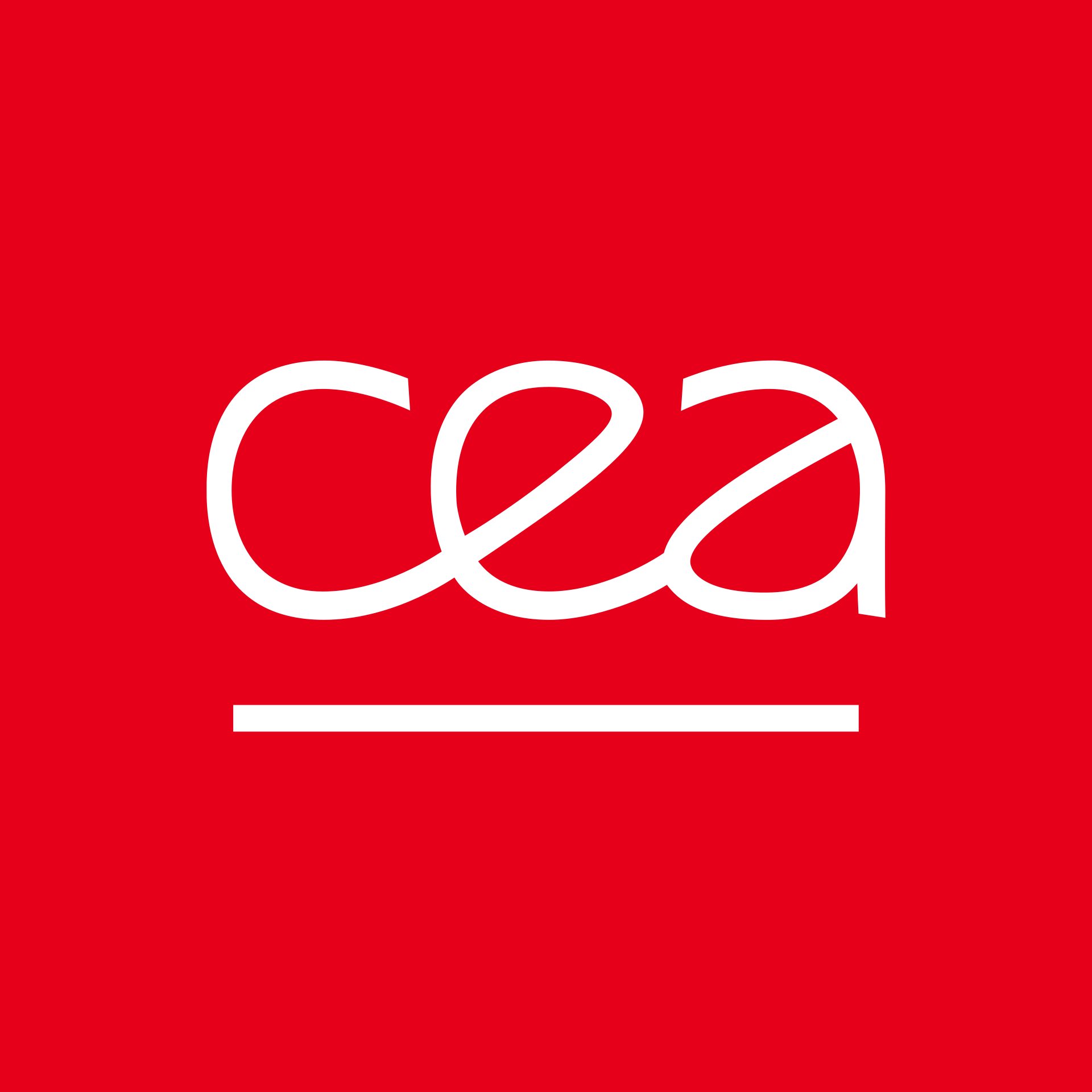
Long term operational experience with 30+ research reactors, having experties in practically all fields of research reactor operation and utilization. Currently constructing JHR.
Why Build a New Reactor?
- Ageing Infrastructure: The European research reactor fleet has an average age of years. A new reactor in Slovenia will address this gap and set a benchmark for modern nuclear research.
- Enhanced Capabilities: The new reactor will be designed for versatility, exceeding current possible applications and addressing future needs for testing technologies for Gen IV reactors, SMRs, fusion applications, and more.
- International Collaboration: Designed to serve EU countries and international stakeholders, this facility fosters international cooperation and supports a sustainable future in nuclear science.
- Education and Training: With advanced simulation and operational capabilities, the reactor will train the next generation of nuclear scientists, engineers, and power plant operators.
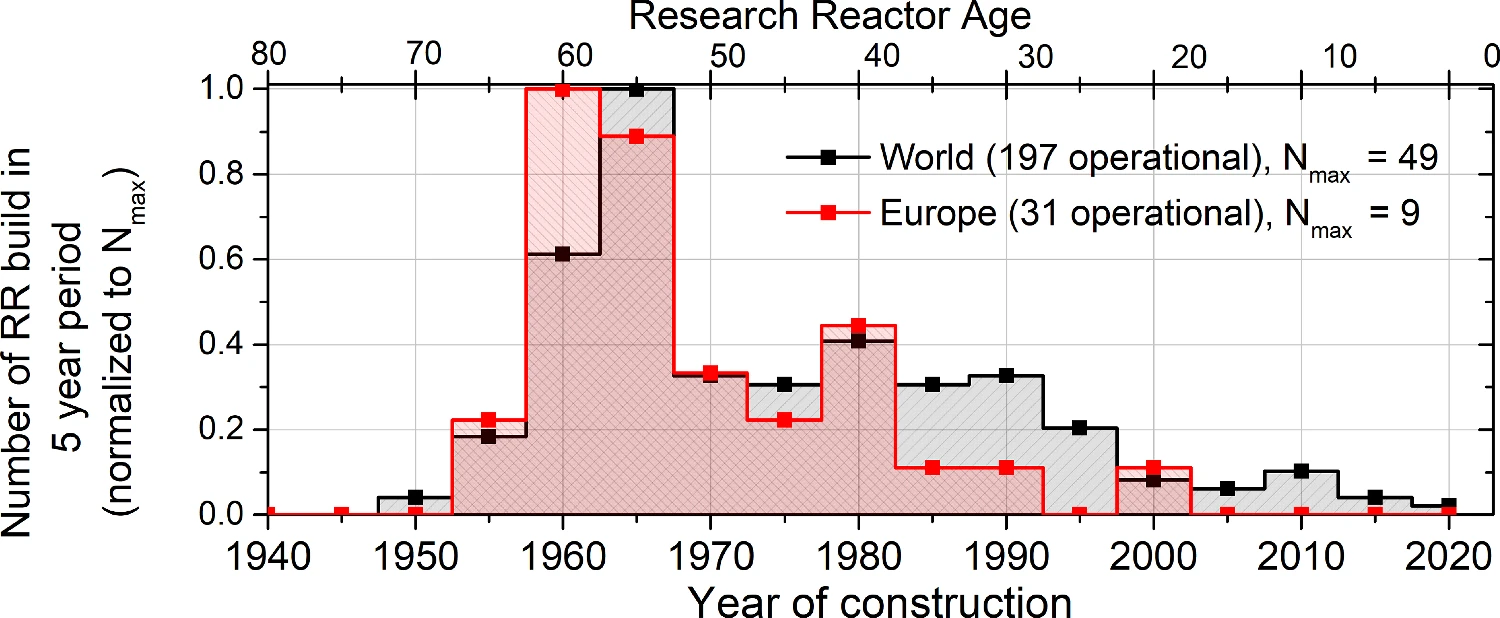
Supporting the United Nations Sustainable Development Goals
The Sustainable Development Goals (SDGs) are a set of 17 objectives established by the United Nations to tackle important global chalanges. The research reactors tackle many of these goals. The development of a research reactor through the VERONICA project tackles several of these goals: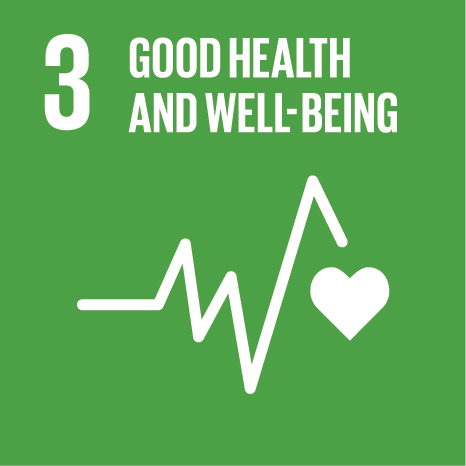
Research reactors produce radioisotopes vital for cancer treatment and medical imaging, supporting 85% of nuclear medicine procedures. The IAEA’s Rays of Hope initiative expands global access to life-saving treatments.
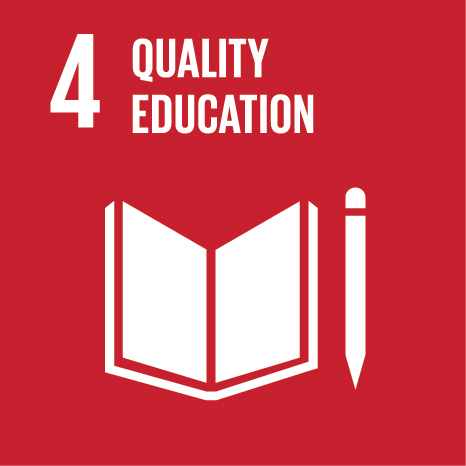
Research reactors serve as training tools for students, offering hands-on learning through IAEA-supported workshops, training, and fellowships, preparing the next generation of nuclear experts.
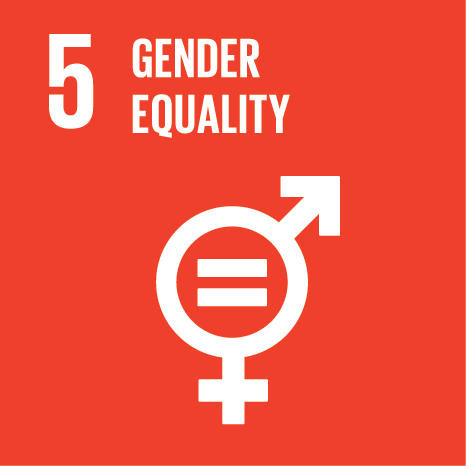
Through programs like the Marie Skłodowska-Curie Fellowship and Lise Meitner Programme, research reactors help create a diverse and inclusive workforce, increasing opportunities for women in nuclear science.
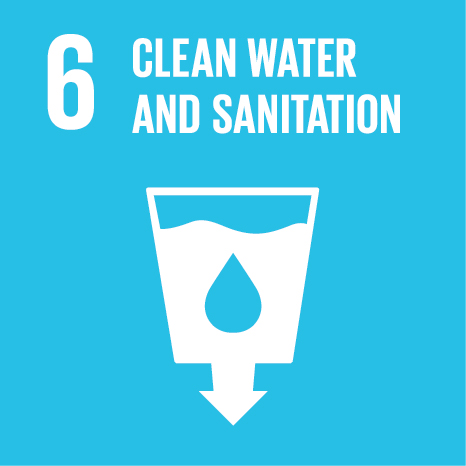
Research reactors develop radiation-based sterilization methods, effectively removing contaminants from water and improving global water safety.
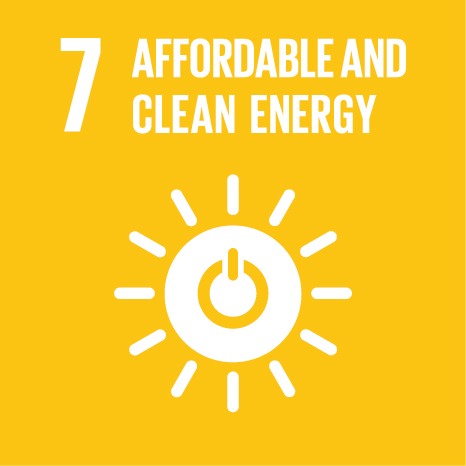
Research reactors advance nuclear power technologies, optimize reactor designs, and support clean energy efforts through initiatives like Atoms4NetZero. They also aid in hydrogen fuel cell and battery research.
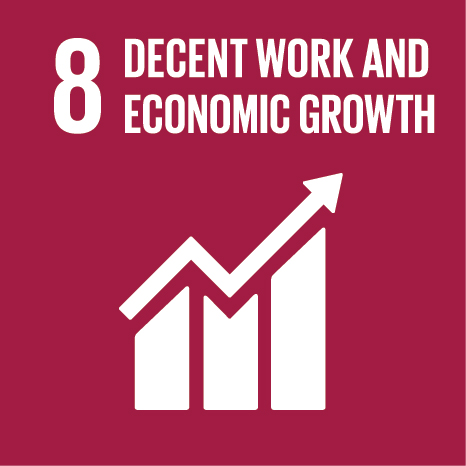
Research reactors provide hands-on training for professionals and students, enhancing career opportunities in nuclear and related fields. They also support industries through services like silicon doping for electronics.
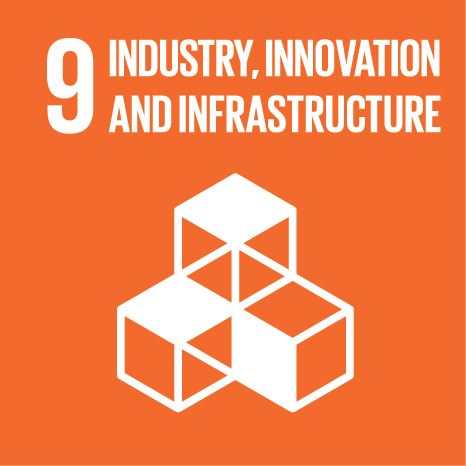
Research reactors drive technological advancements in medicine, electronics, and materials science. Neutron-based testing ensures quality and safety across industries.
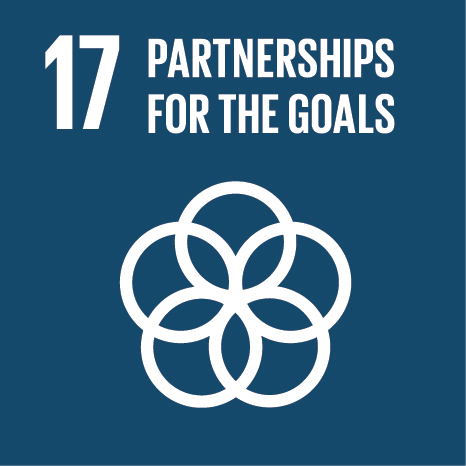
Research reactors foster global collaboration, enabling institutes and universities to work together on scientific innovation and sustainable development.
